All of this only means that you can continue with the setup manually if you choose to install Windows 11 on incompatible hardware. Although these devices will likely receive updates anyway, the company won't be obligated to provide security and driver updates or technical support. In addition to increased reliability, the supported processors increase security capabilities at the chip level. These processors provide virtualization extensions and virtualization performance improvements.
Windows 11 supports virtualization-based security which enables several security capabilities, including memory integrity, also known as hypervisor-protected code integrity . HVCI disables dynamic code injection into the Windows kernel. HVCI also provides driver control and ensures that all drivers loaded meet a policy of allowed drivers set by Microsoft and the user.
The United States Department of Defense requires virtualization-based security on Windows 10 for their devices. In partnership with our OEM and silicon partners, we will be enabling VBS and HVCI on most new PCs over this next year. And we will continue to seek opportunities to expand VBS across more systems over time. Original equipment manufacturers can still ship computers without a TPM 2.0 coprocessor upon Microsoft's approval. Some third-party software may refuse to run on unsupported configurations of Windows 11. Cunningham concluded that "as I've dug into and learned its ins and outs for this review, I've warmed to it more", but argued that the OS was facing similar "public perception" issues to Windows Vista and Windows 8.
Citing security considerations, the system requirements for Windows 11 were increased over Windows 10. While the OS can be installed on unsupported processors, Microsoft does not guarantee the availability of updates. Windows 11 also drops support for 32-bit x86 CPUs and devices which use BIOS firmware. Windows 11 continues our strong commitment to compatibility.
This means that devices can upgrade to Windows 11 and critical apps and devices will simply work. Raising the Windows 11 minimum system requirements enables us to better support apps and hardware for drivers and devices. Feedback also shows us that unsupported hardware is more likely to have older drivers that are incompatible with new OS features such as VBS.
Supported hardware also comes with modern drivers, which helps ensure not only the reliability we mentioned earlier, but also great hardware compatibility. Microsoft does not recommend downloading Windows 11 on PCs that do not meet its standards, such as minimum 4GB of RAM, 64GB storage, TPM chips, and supported processors. Windows 11 will not come as an automatic update for unsupported devices, but users will be able to download it off the web. Microsoft has an app called PC Health Check, which can be used to determine if a PC is ready for Windows 11. Some PCs also have TPM chips installed but disabled and you can turn them on by going into your BIOS settings. As before, Microsoft doesn't recommend installing Windows 11 on a device that doesn't meet the system requirements — though you can still do so.
One thing to keep in mind is you might not get updates on a PC with an unsupported processor. When Microsoft first released Windows 11 on October 4th, the company said it expected it would offer the upgrade to all eligible devices by mid-2022. At least 16GB of RAM The basic system requirements of Windows 11 differ significantly from Windows 10. Windows 11 only supports 64-bit systems such as those using an x86-64 or ARM64 processor; IA-32 processors are no longer supported.
Thus, Windows 11 is the first ever consumer version of Windows not to support 32-bit processors and 16-bit software . The minimum RAM and storage requirements were also increased; Windows 11 now requires at least 4GB of RAM and 64GB of storage. S mode is only supported for the Home edition of Windows 11. The compatibility list includes the Intel Core i7-7820HQ, a seventh-generation processor used by the Surface Studio 2, although only on devices that shipped with DCH-based drivers.
As part of the minimum system requirements, Windows 11 only runs on devices with a Trusted Platform Module 2.0 security coprocessor. According to Microsoft, the TPM 2.0 coprocessor is a "critical building block" for protection against firmware and hardware attacks. In addition, Microsoft now requires devices with Windows 11 to include virtualization-based security , hypervisor-protected code integrity , and Secure Boot built-in and enabled by default.
The operating system also features hardware-enforced stack protection for supported Intel and AMD processors for protection against zero-day exploits. With Windows 11, we are focused on increasing security, improving reliability, and ensuring compatibility. For those who are using a PC that won't upgrade, and who aren't ready to transition to a new device, Windows 10 is the right choice. We will support Windows 10 through October 14, 2025 and we recently announced that the next feature update to Windows 10 is coming later this year. Whatever you decide, we are committed to supporting you and offering choice in your computing journey.
If you want to see the full Windows 11 minimum system requirements, you can visit this page. As we release to Windows Insiders and partner with our OEMs, we will test to identify devices running on Intel 7th generation and AMD Zen 1 that may meet our principles. We're committed to sharing updates with you on the results of our testing over time, as well as sharing additional technical blogs. Navigate to the downloaded Windows 11 ISO file, and select it.
Rufus will populate the rest of the settings, which you have to change according to your system of choice.Under the Image Options label, select Extended Windows 11 in installation (no TPM / no Secure Boot). You should see the Target System label reflect your BIOS Mode as you switch the Partition Scheme.If you have a rather old 64-bit system you're attempting this on, check the Add fixes for old BIOSes option. Your final Rufus screen should look something like this. The Windows 11 requirements are harsh, but sneaking around them carries risks.It is possible to install Windows 11 without a supported CPU.
Warren noted that he rarely used the Widgets panel or Microsoft Teams, citing that he preferred the weather display that later versions of Windows 10 offered, and didn't use Teams to communicate with his friends and family. He also acknowledged the expansion of Microsoft Store to include more "traditional" desktop applications. Overall, he concluded that "I wouldn't rush out to upgrade to Windows 11, but I also wouldn't avoid it. After all, Windows 11 still feels familiar and underneath all the UI changes, it's the same Windows we've had for decades." Internet Explorer has been replaced by the Chromium-based Microsoft Edge as the default web browser, and Microsoft Teams is integrated into the Windows shell. Microsoft also announced plans to allow more flexibility in software that can be distributed via Microsoft Store, and to support Android apps on Windows 11 . The reasons for the strict Windows 11 minimum system requirements are performance- and security-based, according to Microsoft.
The company's testing found that devices that did not meet minimum requirements experienced 52% more kernel mode crashes, aka the blue screen of death. These requirements are also in line with those for core applications people use for video conferencing, working and gaming, the post said. Following the results of our testing, we are making a small number of additions to the compatible processor list , but otherwise will maintain the minimum system requirements as originally set. For most users with incompatible hardware, it is best to simply remain on Windows 10 instead of trying to install the OS on an unsupported computer. Installing updates on these unsupported PCs can be a hassle, and most users will want a seamless solution for computers that they use on a daily basis. If you have had the same installation for a long time, you might need to analyze and repair the current setup to fix missing or damaged files.
Otherwise, during the upgrade process, the chances of running into issues will be high. However, if you plan to proceed with a clean installation using a bootable USB flash drive, then you can't skip this suggestion since the previous installation will be erased during the process. There is a way to install Windows 11 on unsupported hardware, but we wouldn't recommend it. Although Microsoft hasn't confirmed it, the company has heavily implied that unsupported users won't receive critical security updates. If you still want to install, you can do so using the Media Creation Tool, which bypasses hardware checks. To check for Windows 11 compatibility, download and run the PC Health Check app, which will identify specific compatibility issues that prevent an upgrade.
Older hardware is less likely to pass Windows 11's stringent compatibility checks; for example, most Intel 7th Generation Core processors are not on the list of compatible CPUs, nor are PCs built using AMD Zen 1 processors. PCs purchased in 2016 or earlier are almost certain to be unsupported. – If you upgrade the operating system to Windows 11 on an unsupported device, there are risks that Microsoft documented. Your device might malfunction due to these compatibility or other issues. Devices that do not meet these system requirements will no longer be guaranteed to receive updates .
Windows 11 ISO download page, you will need to select the first option called Windows 11 Installation Assistant. This is the best option to assess the minimum system requirement before upgrading to Windows 11. Once registry entries are in place on your Windows 10 device, the Windows11InstallationAssistance.exe tool skips the check for TPM 2.0 and CPU versions. This helps us to install Windows 11 on unsupported hardware. It's still worth familiarising yourself with the new UI, including the symbol buttons that replace key options in Explorer's context menus. Users can download the Windows 11 ISO, which is the official disk image released by Microsoft that can be burned to a DVD or, more popularly, used to create a bootable thumb drive that can be used to install Windows 11.
After creating one using the image downloaded from the Windows 11 installation media site, users can install Windows 11 manually on their PC. However, it is worth noting that users will not be eligible to receive Windows Updates if they take this route, and will probably have to manually install Windows updates using the ISO method in the future. Windows 11 has arrived, with Microsoft's latest update showing up on users' computers and laptops today.
The free upgrade to Windows 10 which is now available for users who have compatible hardware, will offer a stable and secure experience for users who opt for a Windows 11 update. However, millions of PCs around the world will not be able to run Windows 11, due to the stringent new hardware requirements that include newer processors from Intel, AMD and Qualcomm. Importantly, if you're one of the many users who has seen the message informing you that your PC is not compatible with Windows 11, you still have a few options left. After you complete the steps, repeat the instructions to back up the files on the remaining accounts . In addition to making a copy of your files, it's also recommended to create a list of the installed programs with their respective product keys to know what you need to reinstall in the new setup. If you usually do not sync passwords and bookmarks with an online service, this is a good time to export your browser credentials and links.
After you complete the steps, the device should be able to boot from a USB installation media and pass the minimum system requirements check. For example, even though Windows 11 is available as a free optional update for Windows 10, the device must meet the new system requirements. You need to ensure that the Trusted Platform Module and Secure Boot are enabled on the computer. You also need to make sure the device has enough space and there are no problems before continuing with the upgrade. Furthermore, you want to create a backup in the case you need to roll back, check the activation status, and create installation media.
Although Microsoft has already revealed a walkaround to bypass the TPM 2.0 and processor requirements, the company has also warned users against installing the operating system on unsupported devices. This PC doesn't currently meet all the system requirements for Windows 11 – Windows 11 Upgrade RequirementsWindows 11 Upgrade Support is announced for the following processors. These processors were not included in the initial list of supported processors for Windows 11.
The PC Health tool is not updated with the latest list of supported processors. Windows 11 has been rolled out as an upgrade to Windows 10, with Microsoft offering a seamless process to simply transition to the new version without losing your data. Again, this update is only available to computers that meet the minimum system requirements and are running a licensed version of Windows 10. Another option is to create installation media on a USB key and install the operating system using that. A final option is to download a Windows 11 disk image to create a bootable installation media such as a USB stick or DVD, or create a virtual machine to install the new Windows software. It's not imperative that you upgrade your system to Windows in the next couple of weeks, or even months.
According to Microsoft's own lifecycle website, Windows 10 Home, Pro and Enterprise editions will continue to be supported by Microsoft until October 2025; your device will get essential security updates for another four years. For many people, that's about the time to upgrade to a newer device, one that will come with Windows 11 already installed. Users can also try and install Windows 11 on a virtual machine using software like Virtualbox or VMWare which will allow them to try out Windows 11 on their existing computer. However, with the increased system requirements for Windows 11 and requirements for TPM 2.0 support, your mileage may vary and you might not be able to install Windows 11 on a virtual machine successfully. Even once installed, you might run into issues with the operating system that will likely never receive fixes from Microsoft as Windows 11 is installed on unsupported hardware.
After you complete the steps, the setup will continue upgrading the laptop or desktop computer to the new release of the OS. However, Windows 11 will run in an unsupported state that won't guarantee updates of any kind, nor will you receive support from Microsoft. If you use the ISO file to perform a clean installation, you will need to create a bootable media using a third-party tool like Rufus or Command Prompt to start the setup process with a USB flash drive.
Once you complete the steps, the tool will download the files and create an installation media, which you can then use to upgrade a compatible computer to Windows 11. In addition to the processor, memory, and hard drive space requirements, Windows 11 needs two security features, including a Trusted Platform Module and Secure Boot, to be enabled on the Unified Extensible Firmware Interface . Furthermore, if you plan to upgrade with a clean installation, you will also need to make sure the computer can start from a USB flash drive.
At last, everything comes to the performance and peace of mind for users. Microsoft has also stated that unsupported systems are likely to have 52% more kernel crashes compared to the supported devices. Also, the company claims that systems that meet Windows 11 requirements are expected to have a 99.8% crash-free experience.
If you attempt to install Windows 11 on a device that doesn't meet the system requirements then it's possible that you won't receive updates and that all future support will be dropped. Microsoft also details how it arrived at these minimum system requirements for Windows 11. Microsoft wants to push Windows toward modern DCH drivers and modern security with Trusted Platform Module support and virtualization-based security . Microsoft has been testing these processors with Intel, but the 7820HQ is only supported on devices that ship with Declarative, Componentized, Hardware Support Apps .
You may have heard of DCH in GPU drivers, and it's a cleaner and more secure driver design that Microsoft has been encouraging OEMs and hardware manufacturers to adopt in recent years. Apps like GPU control panels are separated from the driver install with DCH, allowing OEMs to service them separately without having to issue new driver updates. Microsoft is announcing that it won't block people from installing Windows 11 on most older PCs. This means anyone with a PC with an older CPU that doesn't officially pass the upgrade test can still go ahead and download an ISO file of Windows 11 and install the OS manually. Windows 11 raises the bar for security by requiring hardware that can enable protections like Windows Hello, Device Encryption, virtualization-based security , hypervisor-protected code integrity and Secure Boot.
The combination of these features has been shown to reduce malware by 60% on tested devices. To meet the principle, all Windows 11 supported CPUs have an embedded TPM, support secure boot, and support VBS and specific VBS capabilities. I think Microsoft is nearing the release of Windows 11 into the production ring, and that is why they are ramping up all the insider build versions.
Also, Microsoft shared the updated requirements for Windows 11 upgrade. You can download the insider version of the PC health check tool. You can check for compatibility using the PC Health Check app to see if your current PC meets the minimum system requirements to run Windows 11. You have to download the Windows 11 PC Health Check App from the Microsoft site.




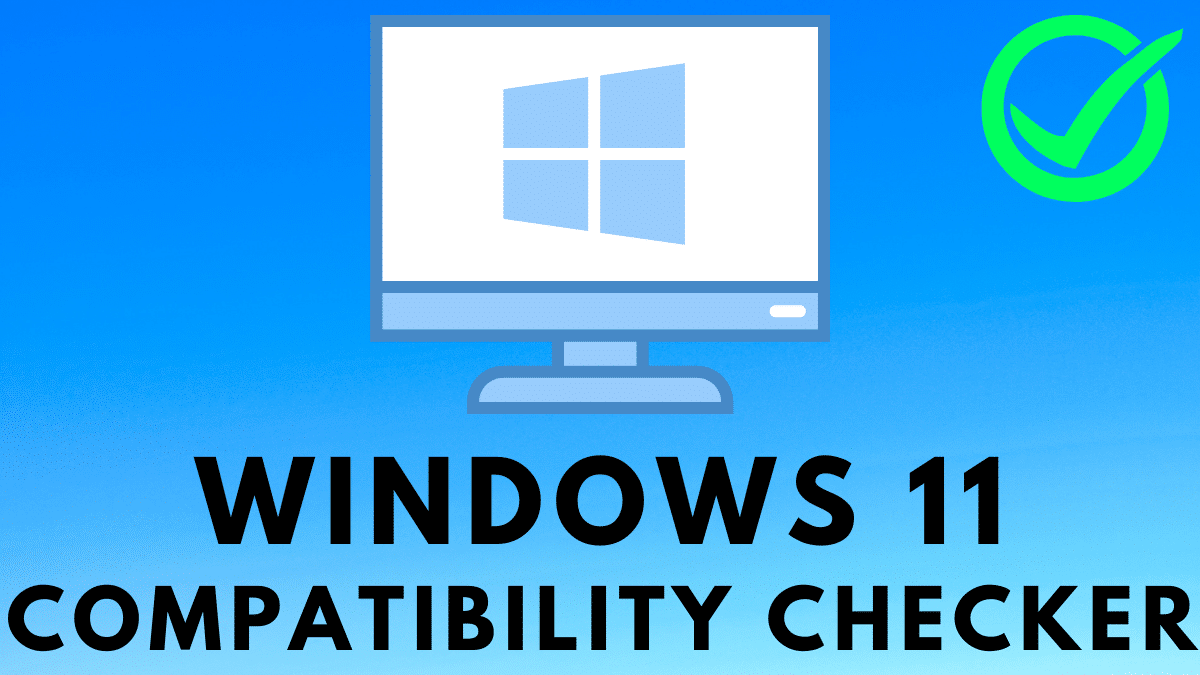










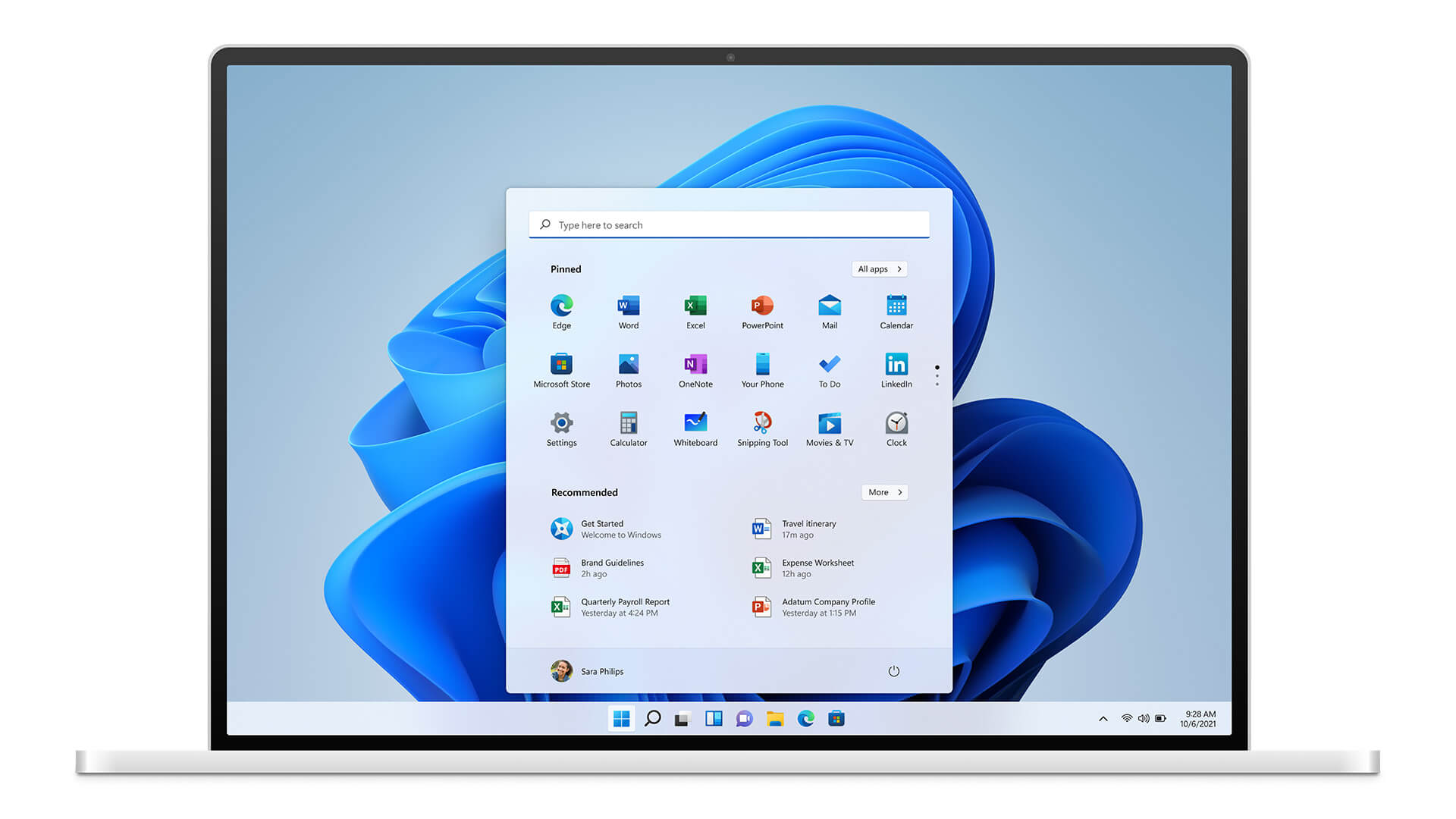


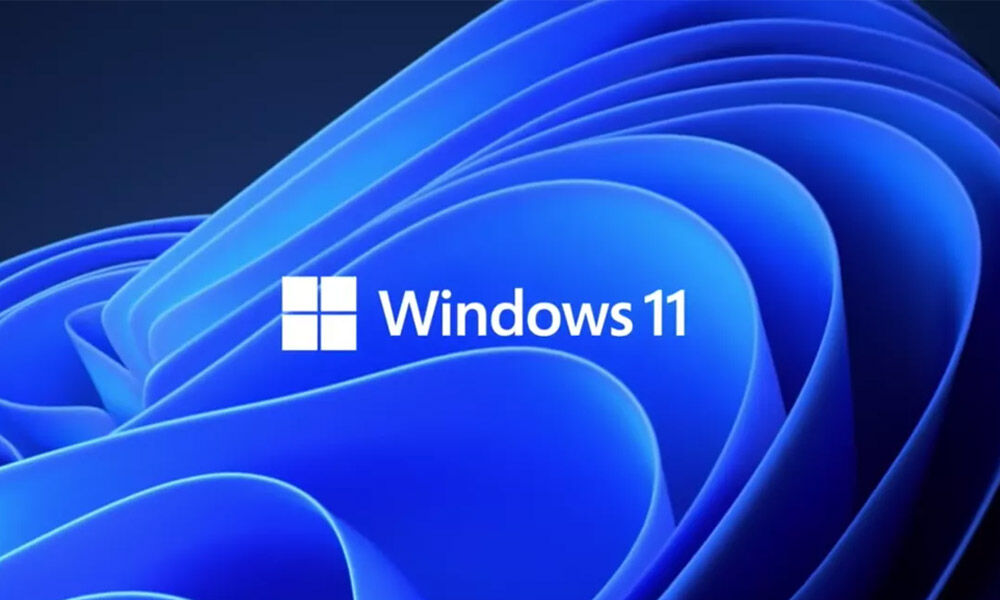

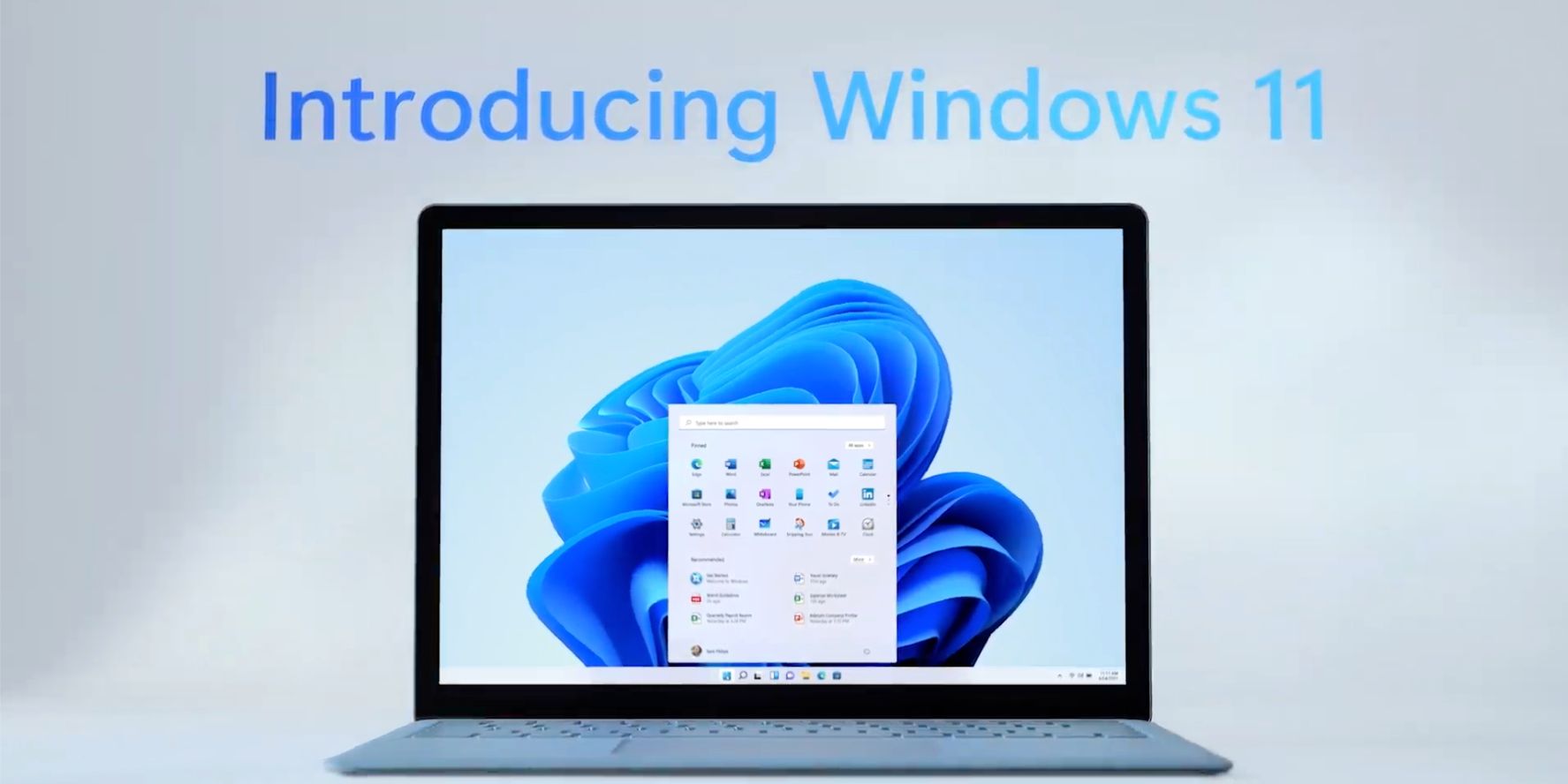

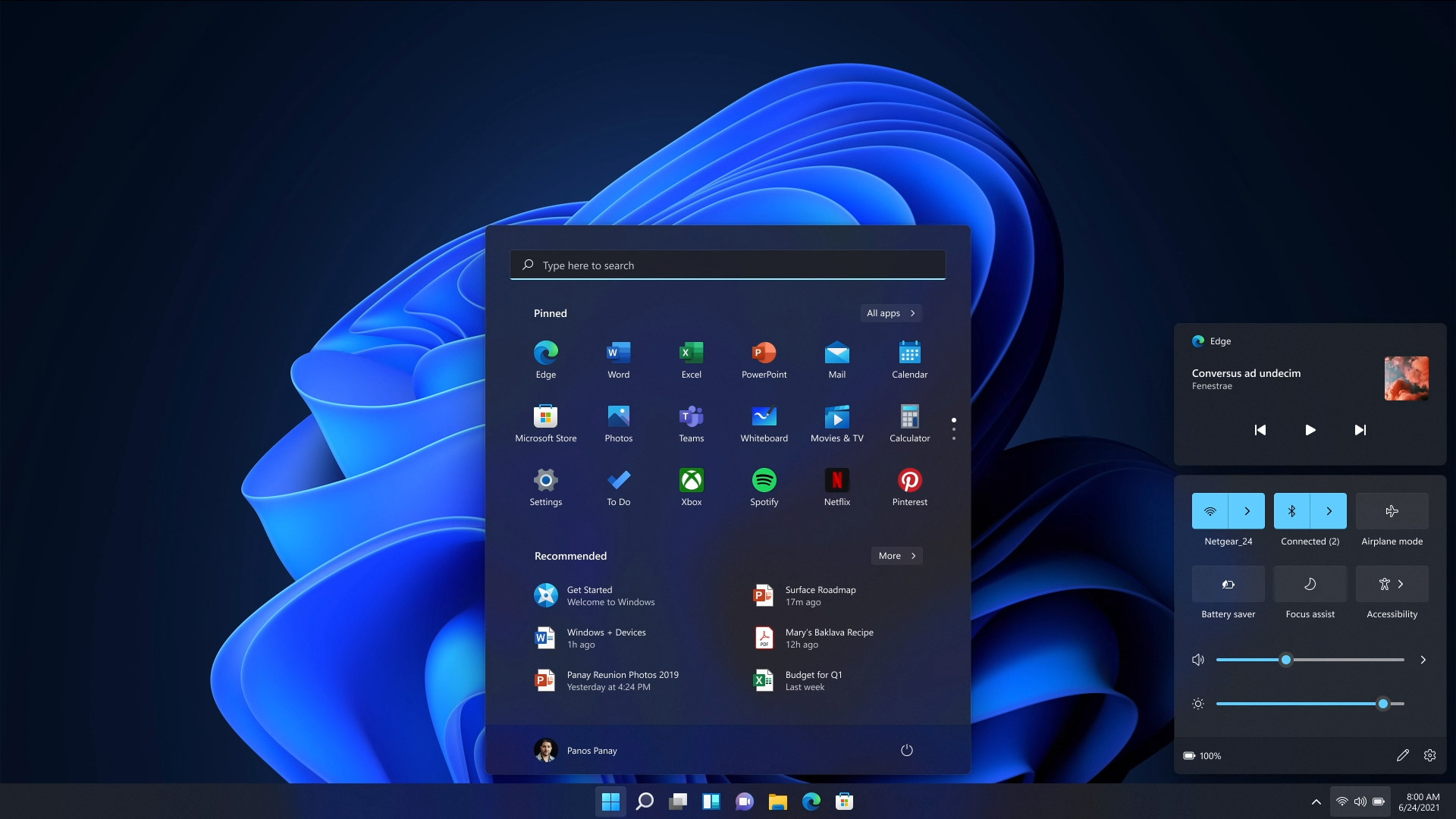





No comments:
Post a Comment
Note: Only a member of this blog may post a comment.